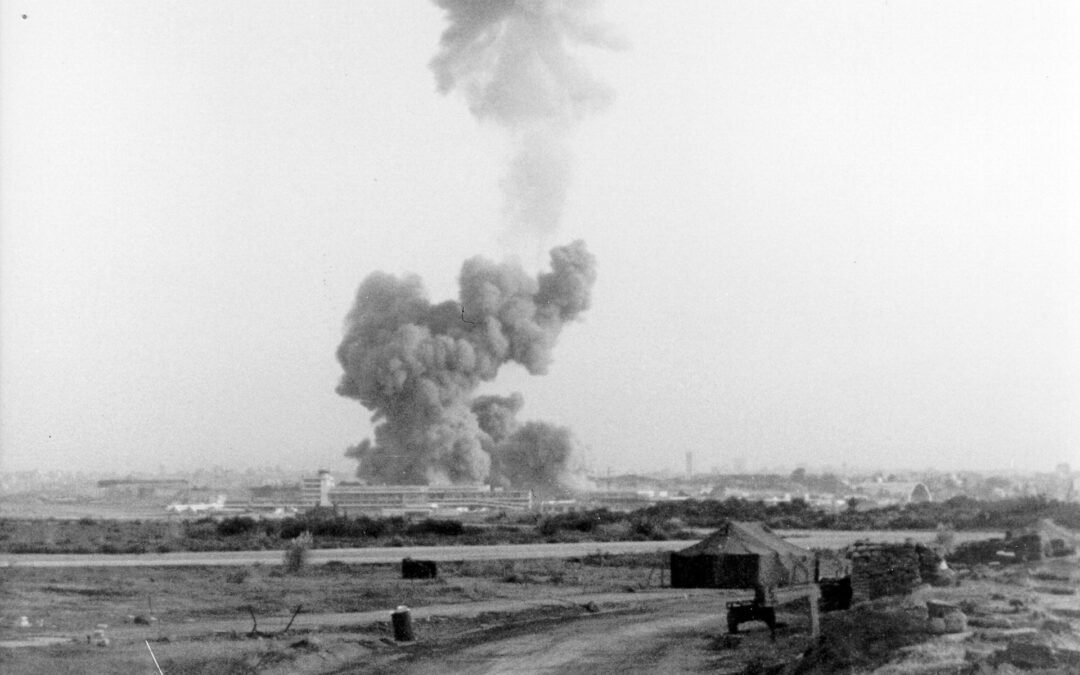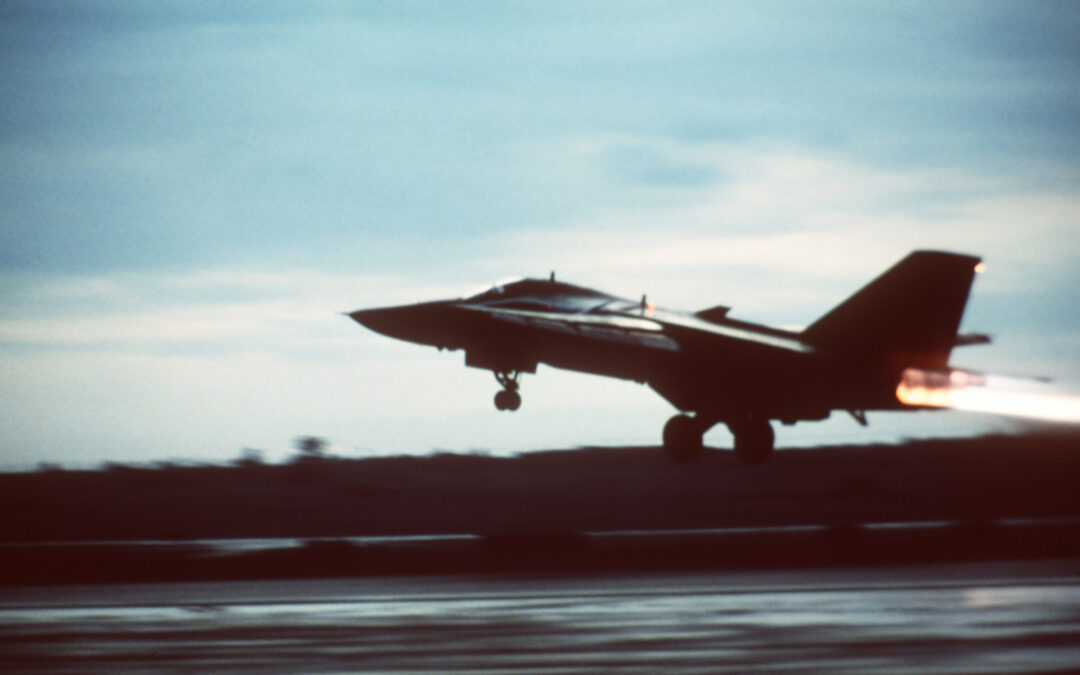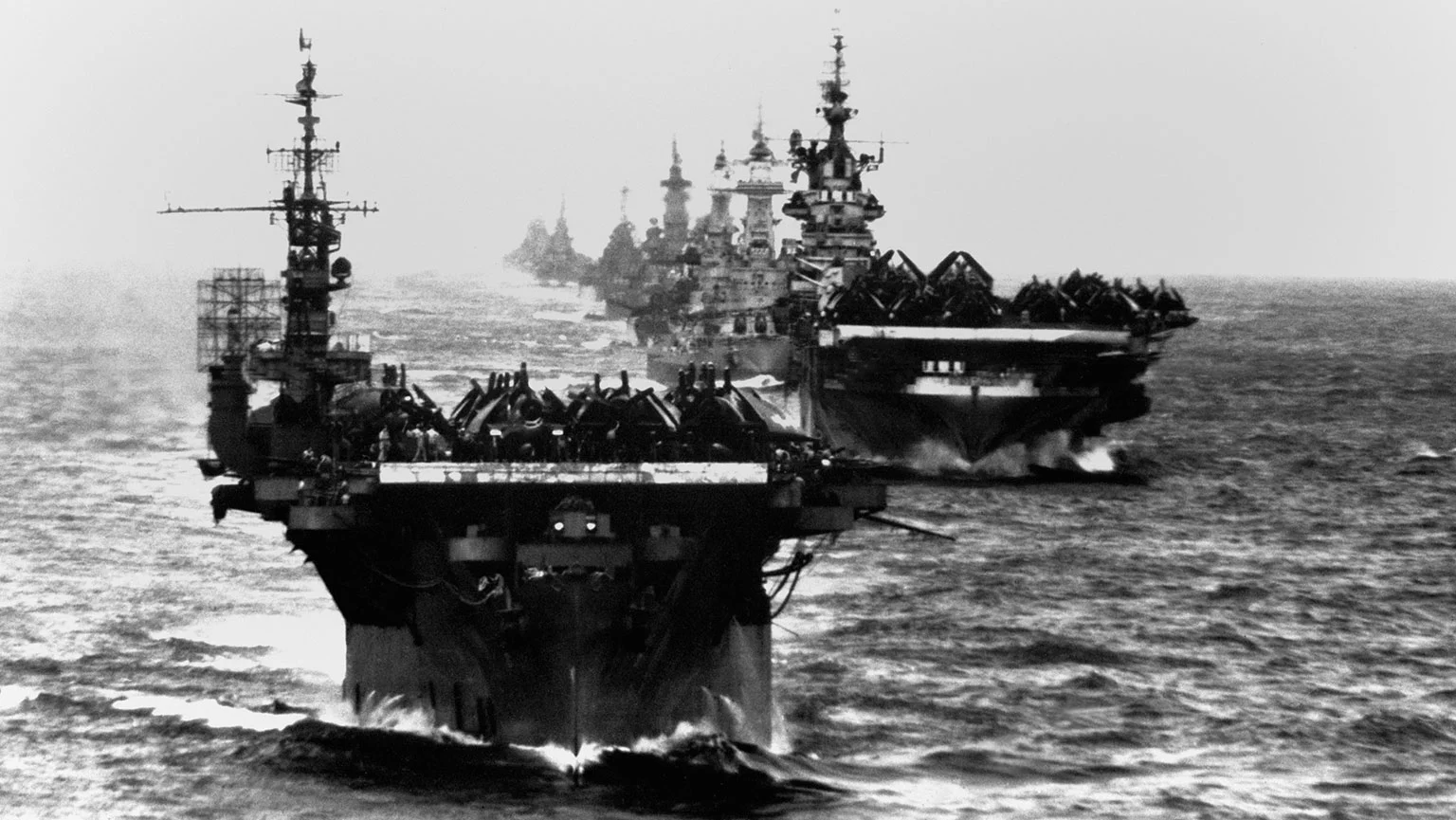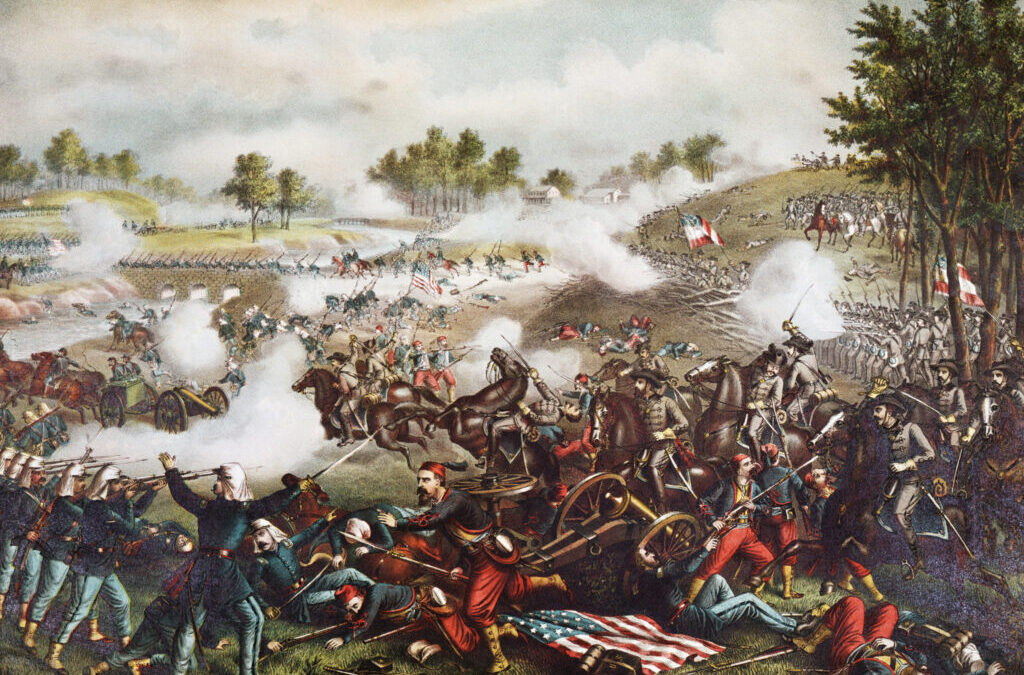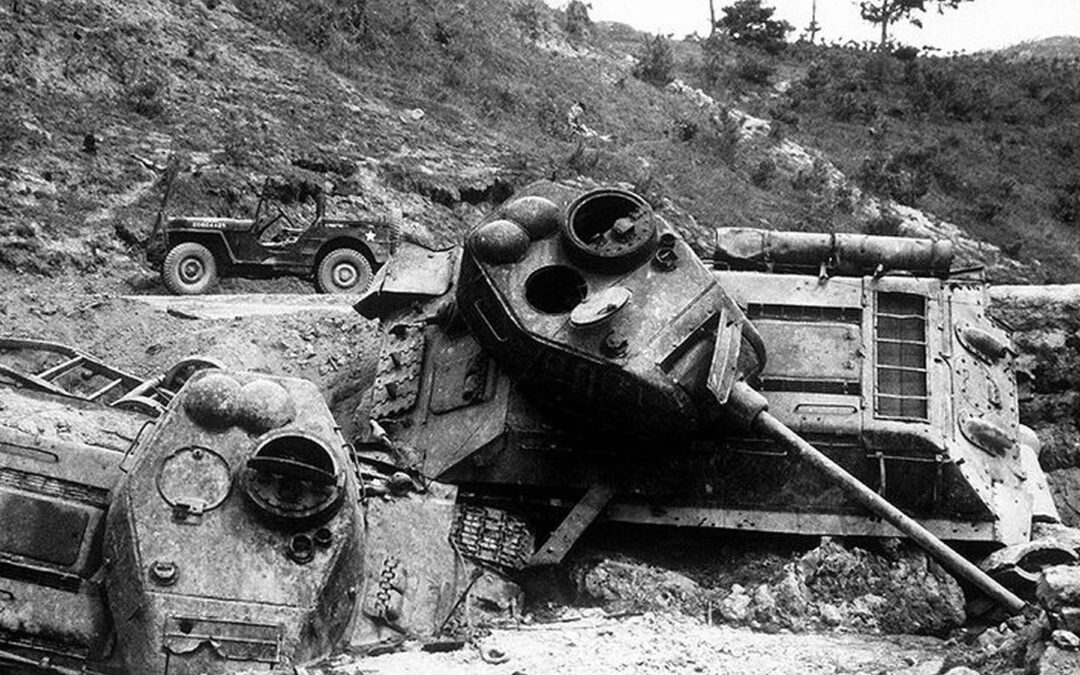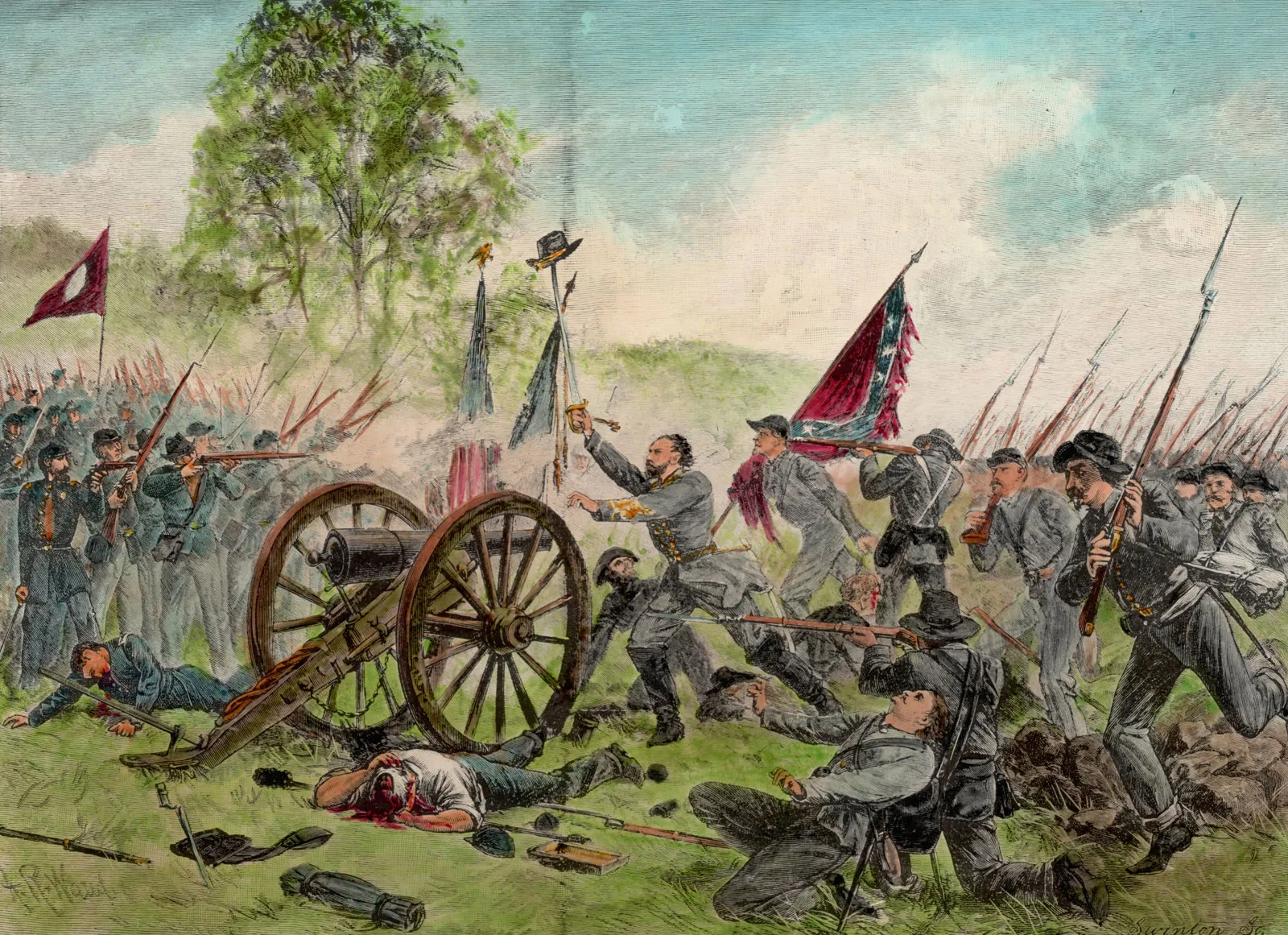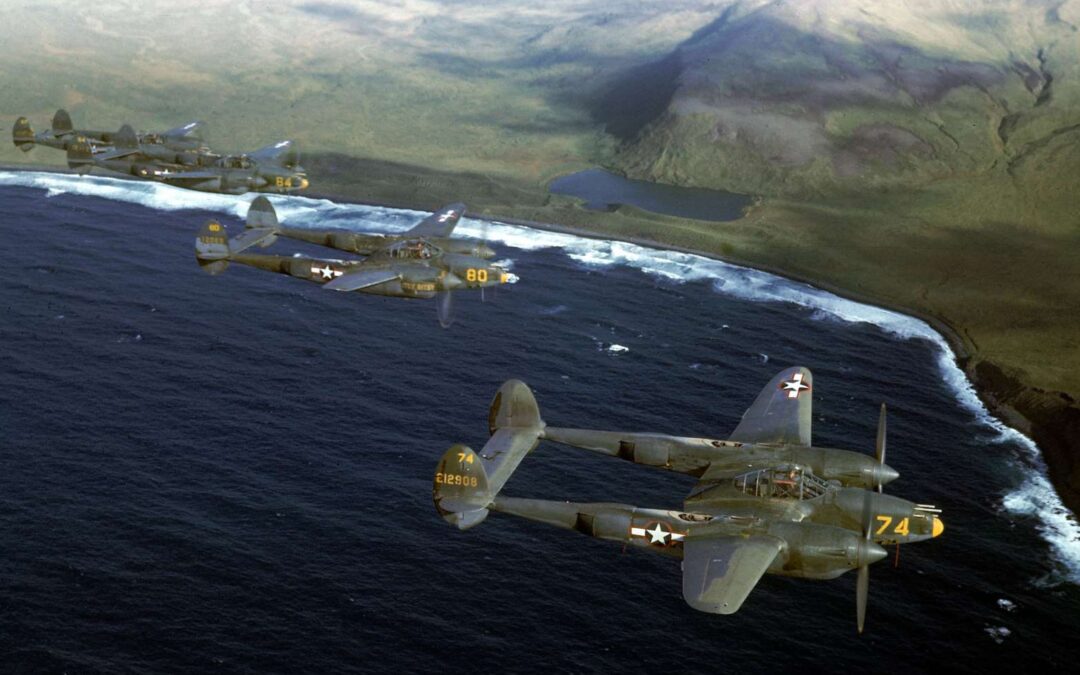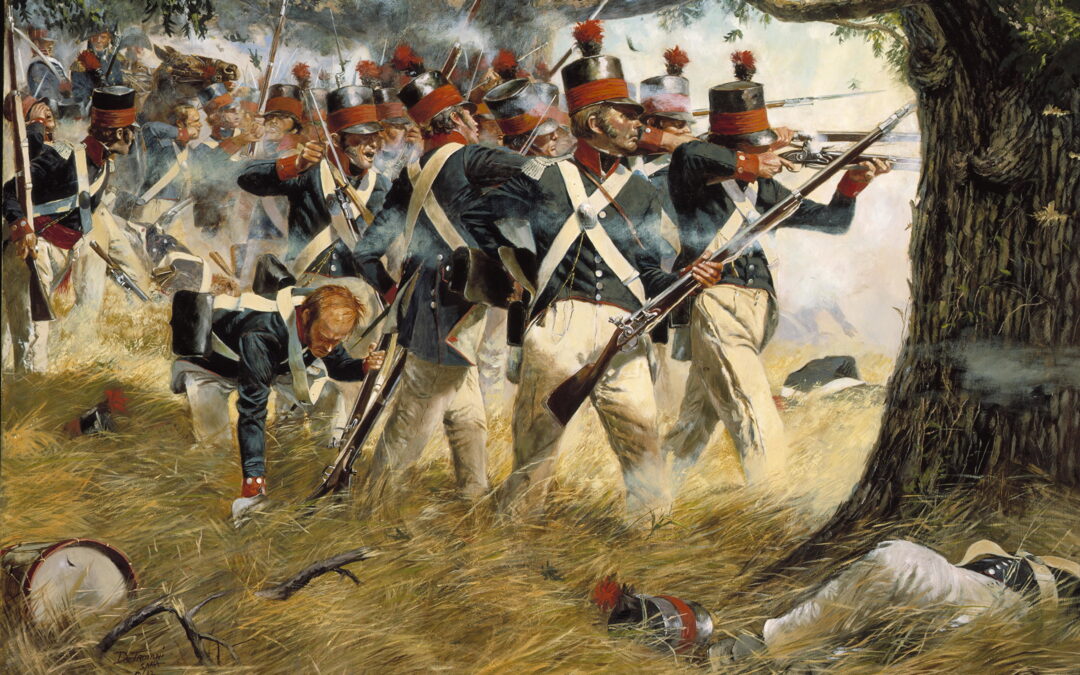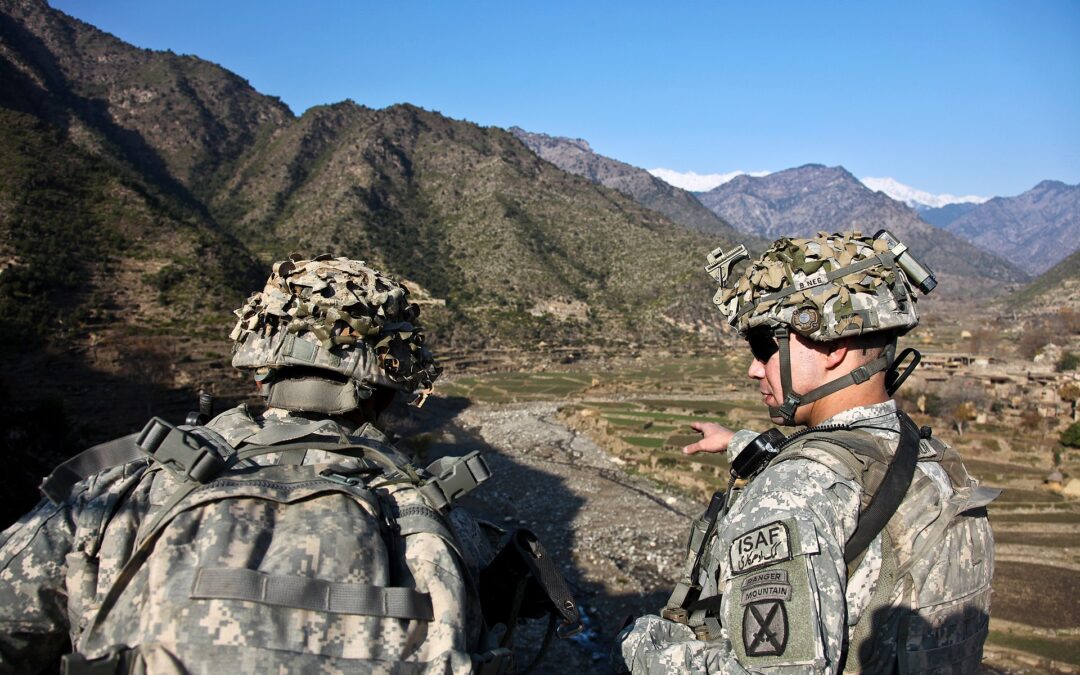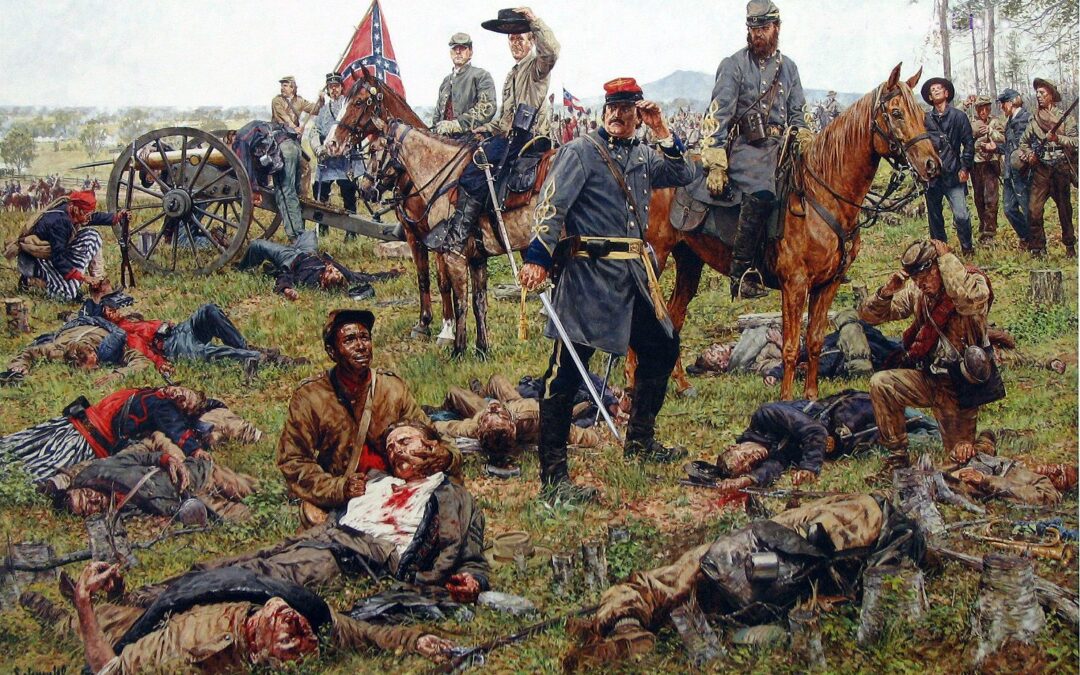In 1975, a bloody civil war erupted in Lebanon, with Palestinian and leftist Muslim guerrillas battling militias of the Christian Phalange Party, the Maronite Christian community, and other groups. During the next few years, Syrian, Israeli, and United Nations interventions failed to resolve the factional fighting, and in August 1982 a multinational force arrived to oversee the safe and peaceful withdrawal of Yasir Arafat and the PLO from positions within Beirut and ensure the safety of the Palestinian civilians that remained behind. The participants included contingents of U.S. Marines and Navy SEALs, units of the French 11th Parachute Brigade, the 2nd Foreign Parachute Regiment, the 2nd Foreign Infantry Regiment, the 1st Foreign Cavalry Regiment and units of the French Foreign Legion, Italian soldiers, and British soldiers. Withdrawal of the PLO was accomplished by early September, and the bulk of the multinational force soon withdrew to ships in the eastern Mediterranean Sea....
